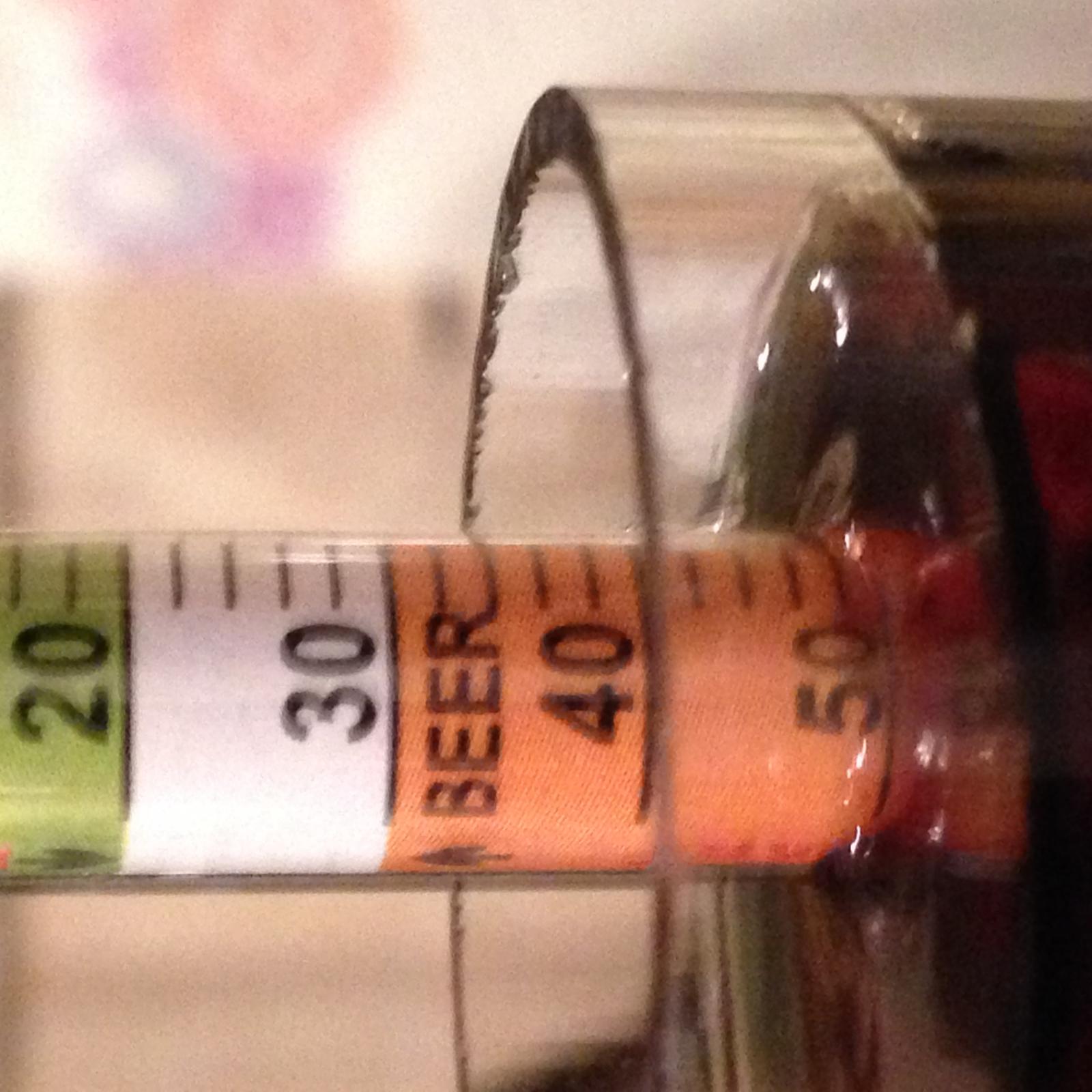Today I re-brewed Northern's Kiwi Express, though I've tweaked out the recipe this time. This time I used a half of Whirlfloc tablet which I hadn't used the last time. Kinda didn't need too since my last one ran pretty darn clear when it was about 50% left in the keg but I figured why not. Now, I strain through a strainer going into my fermenter from the kettle, yet when rehydrating the yeast I noticed the separation in the fermenter, there was a band of trub showing about halfway of the total fermenter level. Obviously this will drop and compact to much less but when I took my hydrometer reading it was full of hop trub and my reading came out high leading to to 87% efficiency. Since getting my new Monster Mill I've been hitting 86% efficiency with my last two beers so today I widened the gap just a little - I really want closer to 81% efficiency as that is what I am so used to having used my Barley Crusher the past 3 years. Anyhow, this puts my IPA at 7.5% alcohol instead of my original estimate of 6.5%.
So, question is, does trub impact the reading? Somehow I would think it does if there's a lot, but then I'd also think any settling would push up the liquid and the hydrometer so it would level out correctly and not lead to a false reading. Anyhow, any input?
Rev.
So, question is, does trub impact the reading? Somehow I would think it does if there's a lot, but then I'd also think any settling would push up the liquid and the hydrometer so it would level out correctly and not lead to a false reading. Anyhow, any input?
Rev.





